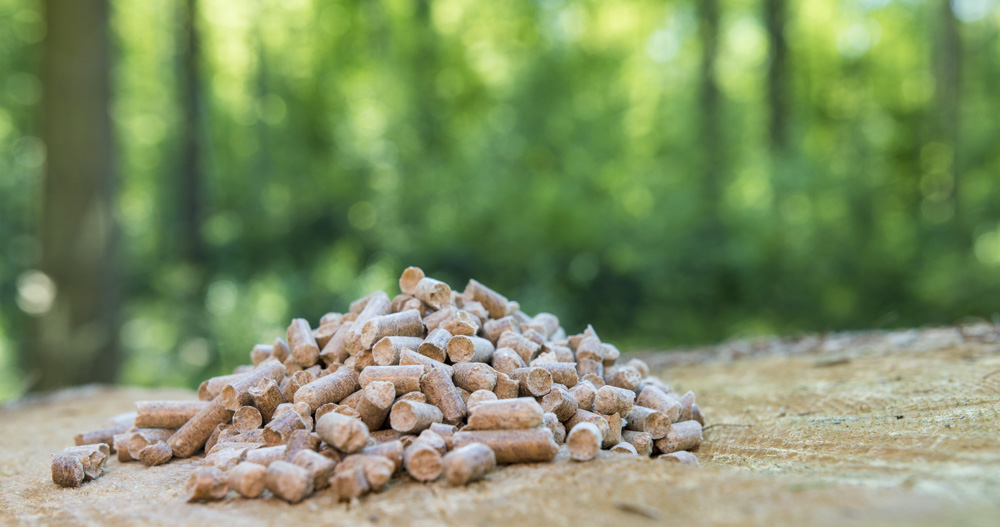The University of Maine recently introduced a pilot plant at their Forest Bioproducts Research Institute off the heels of a breakthrough in biomass energy. One student discovered how to use heat, rather than oil, to turn wood biomass into crude oil.
The discovery came about when the student was experimenting with salt and high temperatures. When they found that a specific mixed salt created crude oil vapors, they knew they were on to something. After 20 minutes of applying high heat and pressure, they found that wood pulp turned to acid before turning to salt, which produced crude oil.
This discovery has huge implications for the industry, being that crude oil produced from wood biomass does not contain the harmful sulfur that other crude oils contain.
And with this new knowledge in hand, closed mills could reopen and existing mills could reinvigorate their workforce to reflect a renewed demand for this energy source, in turn creating jobs.
A Renewable Energy Project Paves Path to Affordable Renewable Energy Worldwide
One of the biggest clean energy initiatives has dedicated itself to bringing the power of biomass energy to small, rural countries. Right now, the project is focused on Papua New Guinea.
The project seeks to increase energy capacity in the country and empower local landowners and leaders to protect their environment through incentivizing the use of sustainable energy.
The director of the project explained that they have gone to great lengths to cut tariffs on biomass imports so that they can create renewable energy at affordable prices.
The project is determined to drive rural economic growth, and to do this they redesigned an existing biomass power plant, took on concessional financing, and sought grants.
This project sets the stage for widespread use of sustainable energy.
Waste Heat from Biomass Can Feed Greenhouses
Biomass power plants burn wood chips to produce steam, which powers turbines and generates electricity. Waste heat recovery systems capture any excess heat released in the generation of power in this process and repurposes it for plant process heating, boiler feedwater pre-heating, combustion air preheating, and more.
And one of the latest developments in waste heat recovery includes powering greenhouses full of leafy green plants. One 4-acre greenhouse in New Hampshire to be built next year is projected to produce more than a million pounds of leafy greens in a single year, and it will be powered by a waste heat recovery system.
For the latest in industry news and services, contact ProcessBarron today.


